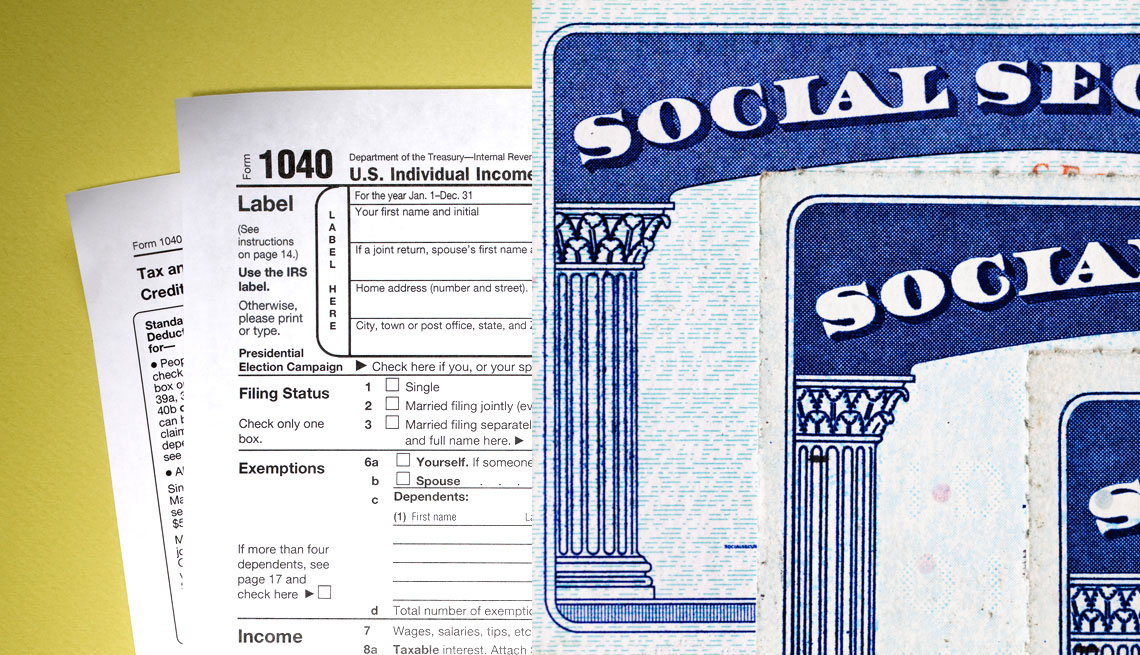
How social security colas can increase your taxes
- Select a language for the TTS:
- UK English Female
- UK English Male
- US English Female
- US English Male
- Australian Female
- Australian Male
- Language selected: (auto detect) - EN
Play all audios:

Since 2016, the share of Social Security recipients paying taxes on benefit income has inched up from 41 percent to 50 percent, according to the Social Security Administration (SSA). Over
the same period, federal income taxes paid on benefits increased by more than half, from $32.8 billion in 2016 to $50.7 billion in 2023. The determining factor is what the IRS calls
“combined” or “provisional” income: adjusted gross income (as figured on your 1040 form) plus tax-free interest (for example, from investments in state or municipal bonds) plus half of your
Social Security payments. If that sum exceeds $25,000 for an individual taxpayer or $32,000 for a married couple filing jointly, they may owe taxes on up to 50 percent of their benefit
income. Above $34,000 for a single filer or $44,000 for a couple, up to 85 percent of benefits can be taxed. (The IRS has an online tool you can use to calculate exactly how much of your
Social Security income is taxable.) You’re unlikely to owe taxes on your benefits if Social Security is your only income. But if you have other sources of money, such as work, a pension or
withdrawals from savings, you might find yourself over the line. That leaves some beneficiaries “very surprised and shocked,” says Laurie Smith, a tax partner at Wiss & Company, a New
Jersey-based accounting firm. “We have clients that stay a little bit more in tune to tax law, but in general, most taxpayers are unaware that a significant amount of their benefits are
taxable,” let alone that annual COLAs can increase that likelihood, Smith says. PART OF THE PLAN Had they been linked to inflation when Congress established them 41 years ago, the minimum
income levels for taxing benefits would now be around $77,000 for a single filer and $99,000 for a couple. But setting the thresholds as fixed dollar amounts unaffected by inflation was part
of Congress’ plan from the start, according to SSA research on the history and effect of taxing benefits. Lawmakers set the rules so that Social Security income would be taxed less heavily
than other forms of retirement income, like pensions, but they intended for the gap to narrow over time as more and more people crossed the income threshold and owed taxes on their benefits.
“It’s important to keep that in mind when you are planning for resources in retirement — that taxes do exist, and a larger share of people will end up paying some taxes on their Social
Security benefits,” Chen says. “Regardless of whether we think it’s fair or not, for planning purposes, that’s a component.”
